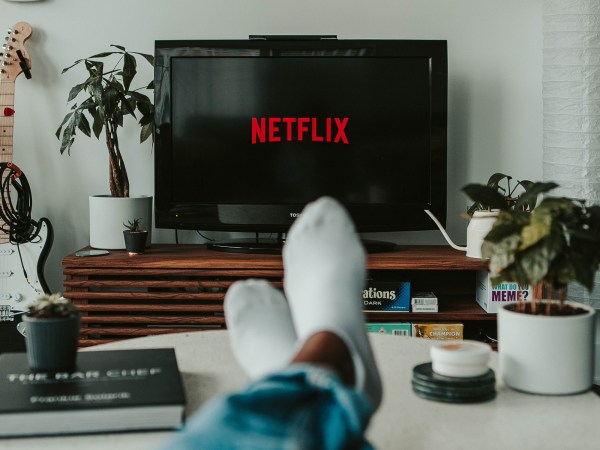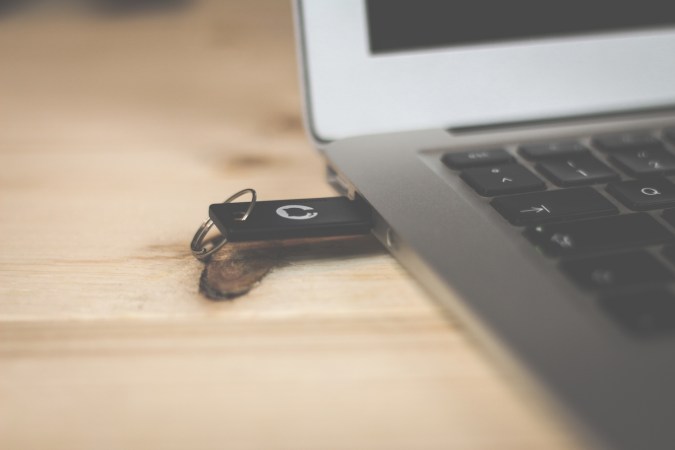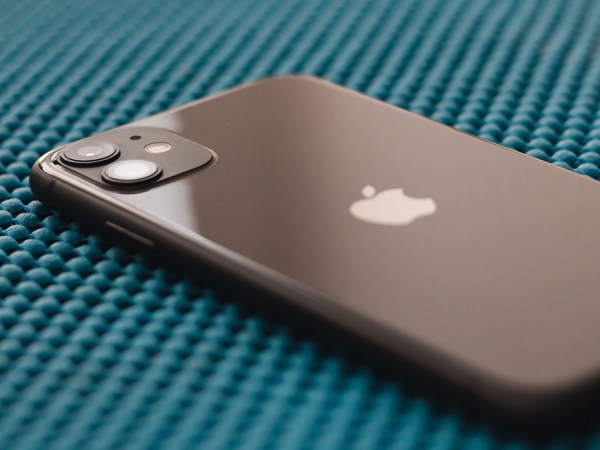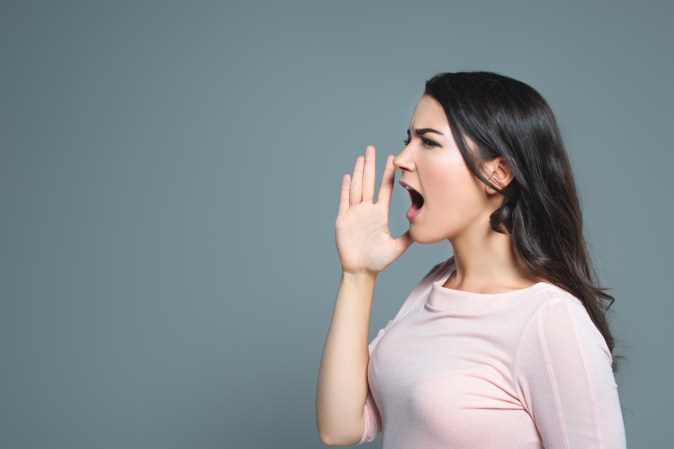

The Twitter verification process is simple but mysterious. Any user can request that coveted blue badge, though there are rules and standards you’ll need to understand before you make your case.
Waiting times are also uncertain, and not every request will be granted. But if you want to try your luck, here’s what to know.
Twitter’s verification process: A timeline
In the era of misinformation and conspiracy theories, Twitter hopes its account verification program will provide users with more context on who they’re engaging with, so “healthier, more informed conversations” can take place within the platform.
This isn’t exactly new: the social media site debuted its verification program back in 2009, aiming to provide a seal of quality for high-profile accounts that would make it easier for users to tell them apart from impersonators and parodies. But the platform sparked confusion by unilaterally granting blue badges to any accounts they deemed prominent. Instead of simple verification, users interpreted this new status as Twitter’s sponsorship and support of the people, brands, and organizations behind the verified accounts.
[Related: Twitter’s changing up the way you see tweets]
After eight years of this, Twitter announced it would be suspending its verification program to totally reformulate it. In late 2020, the company asked the community for help creating a new policy and setting the criteria for the selection of verified accounts. That process culminated in the return of the verification program in late May.
But three months later, the company hit the pause button again to “make improvements to the application and review process.” The hiatus finally came to an end on Sept. 23, when Twitter started rolling out application forms worldwide once more.
How to apply for verification on Twitter
Any Twitter user can apply for verification after completing a set of requirements and providing proof of their account’s prominence.
To start the process, go to the Twitter homepage, click on More, and then Settings and Privacy. Under Your account, go to Account information, and hit Request verification under Verified. Click the Start a request button in the pop-up window. The process is slightly different on mobile, as you start by tapping your avatar and navigating to Settings and Privacy.
There, you’ll need to select one of six categories to describe your account. Each one will ask you for different kinds of information to prove your account actually corresponds to the category you chose.
When you’ve completed the process, you’ll get an email confirming a Twitter team has received your request. They’ll look into it and take anywhere from a few days to a couple of weeks to process your application. The exact time will depend on the queue of accounts waiting to be verified. Considering that the process just reopened for the first time in four years, it may be anywhere from 24 hours to a week before you hear the final response on your application, so be patient.
If approved, the blue badge will automatically appear right next to your Twitter handle, you’ll get an email congratulating you, and an automatic follow from the Twitter Verified account. If rejected, you’ll get an email explaining the decision. If you think they made a mistake, you can apply again 30 days after receiving that email.
The requirements for Twitter verification
Applying to get verified on Twitter is easy. Meeting the requirements is the tricky part.
Only six account types are eligible for the blue badge:
Government
This includes offices, officials, ministers, and ambassadors. This category is also for official spokespeople for government organizations like the Centers for Disease Control and Prevention or the National Oceanic and Atmospheric Administration, for example. If you’re running for office at any level, you may qualify for verification, though Twitter specifies this is only available in certain countries where resources allow them to verify accounts “fairly and equitably.”
Companies, brands, and organizations
This category includes nonprofit organizations, their leaders, and other prominent executives, so if you have a small business or head a community group, this is the category for you.
Journalists and news organizations
Any news organization can apply under this category: newspapers, radio stations, blogs, podcasts, local TV channels, etc. Freelance reporters may also provide stories written on qualifying publications if they’ve been published within the last six months.
Entertainment
Big entities like production companies, TV networks, and film studios, along with movies, franchises, artists, and entertainers such as musicians, actors, and actresses, all fall under this category. There are different requirements for each of these subcategories, so if you think this applies to you, go over Twitter’s official FAQ site for more information.
Sports and gaming
Athletes, sports leagues, teams, and even their mascots fall under this label. So do teams, players, and coaches from esports leagues, as well as other professional gamers. Unfortunately, amateur athletes do not qualify if they can’t prove prominence.
Activists, organizers, and other influential individuals
This category seeks to apply to any other individual “using Twitter effectively to bring awareness, share information, and galvanize community members around a cause, to bring about socio-economic, political, or cultural change, or to otherwise foster community.” This label is a bit more complicated, and getting verified under it has its own unique requirements.
Other requirements
Regardless of what category you fall under, to get verified your account must be active (at least one log-in within the last six months), complete (featuring a profile picture and name), secured (associated with a verified email address or phone number), and abiding by Twitter rules (no 12-hour or seven-day lockout sanction in the last six months).
[Related: Eight ways to make your Twitter feed less toxic]
You’ll also need to keep meeting these requirements to retain your verification badge, so if any of these elements change after you get that coveted blue check, Twitter might unilaterally remove it.















